June 14th, 2016 — 6:51pm
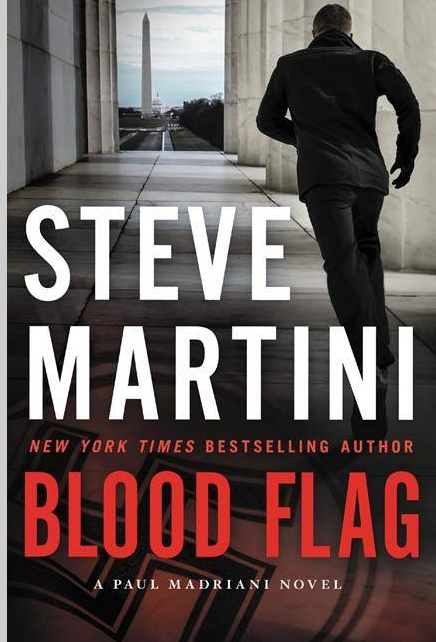 Blood Flag by Steve Martini
Blood Flag by Steve Martini
Not too long ago, I read Compelling Evidence, the first of 14 novels written by Steve Maritini ,which features private detective, Paul Madriani. This book was published in 1992 and I found it a terrific read and enjoyed the courtroom insight and intrigue. So now, I jumped to his latest novel in this series titled, Blood Flag. Perhaps my expectations were too high as I eagerly looked to see how the author had elevated his game after a quarter of a century.
Paul Madriani, the lawyer, was there with Harry, his trusted partner. There also was his special private investigator, Herman, who has a team of his “guys” to dig up information to further the plot. I thought these guys were overused to provide information for the story line.
The story begins as Madriani takes on a new client, an old woman who is accused of killing her hospitalized husband with an insulin injection in a mercy-type killing, which she denies. The deceased husband is connected with his World War II buddies who were in Berlin at the end of the war when Hitler committed suicide. They become linked to “Blutfahne” also known as the bloody flag, which is purported to have been designed by Adolf Hitler. (Remember, he was a struggling artist before the war). This flag was believed to have been first flown in Munich at the Beer Hall Putsch in 1923 where Hitler was arrested and put in jail (where he wrote Mein Kampf). There are supposed to be various keys to a safe deposit box where this symbolic, historical, iconic object is said to have been hidden.
Rather than being an exciting courtroom drama, which characterized his first novel in this series, this latest one in the series seems to me to have turned into a convoluted detective story. I didn’t believe that the characters were that well developed so I didn’t really care about most of them. Certainly, the author still has his touch in writing a dramatic moment or a confrontation, which occurred near the end of the book. I may have to give the author another chance by reading one of his earlier novels but I can’t recommend this latest one.
To obtain a copy of this book from Amazon, click here
Comment » | FM - Fiction Mystery
June 10th, 2016 — 4:12pm
The following is a book review which I wrote and appeared in Psychodynamic Psychiatry Volume 41 Number 3 Fall 2016 p 162-166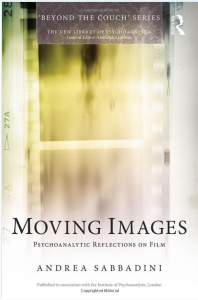
Moving Images: Psychoanalytic Reflections of Film, by Andrea Sabbadini, Routledge, London and New York, 2014, 140 pp.
While reading this book, I kept pondering the question of who would be the best audience for it. The author, Andrea Sabbadini, is a psychoanalyst who is extremely knowledgeable about film, especially classic European movies. His stated goal for the book is to offer discussion of films from a psychoanalytic perspective and in the process of doing so, to use the films in order to illustrate a number of psychoanalytic ideas and to convey a sense of what analytic work consists. Anyone who is familiar with many of the movies discussed in this book and understands psychoanalytic and psychodynamic theory would be the ideal audience for it. However, even knowledgeable psychoanalysts with out having seen these films would find it difficult to relate to the book. Similarly, students of cinema who may have seen the films mentioned, would probably get lost in the erudite psychoanalytic discussion presented in this book. Unfortunately, that would seem to leave a very small audience for this book. However, I do see an important value for it which I will discuss at the conclusion of this review.
This 140-page soft-covered book has six chapters which I will list below with two of the several movies discussed in each chapter.
Chapter 1: “A Young Profession: Films on Psychoanalysis” Spellbound (Hitchcock, 1945)
Il Postino (Radford, 1994)
Chapter 2: “…and the Oldest One: Films on Prostitution” Nights of Cabiria (Fellini, 1957)
Belle de Jour (Buñuel, 1967)
Chapter 3: “The Young Ones: Films on Children” The Spirit of the Beehive (Erice, 1973)
German Year Zero (Rossellini, 1948)
Chapter 4: “…and Slightly Older Ones: Films on Adolescents” Heavenly Creatures (Jackson, 1994)
City of God (Meirelles, 2002)
Chapter 5: “Between Eros and Thanatos: Films on Love” A Pornographic Affair (Fonteyne, 1999)
Amores Perros (Inarritu, 2000)
Chapter 6: “Watching Voyeurs: Films on Scopophilia” Rear Window (Hitchcock, 1954)
Peeping Tom (Powell, 1960)
The book opens with a discussion of films about psychoanalysis in which the author touches on how the psychoanalytic profession has been depicted in numerous movies, including a mention of the television series In Treatment (2010). There are several flms discussed in this chapter where Freud himself, and other well known analysts, were depicted. We also learned that Freud showed very little interest in the movies of his day and stated in a letter that he did not believe psychoanalytic ideas could be represented by cinema. Alfred Hitchcock’s Spellbound, which starred Gregory Peck and Ingrid Bergman, is described in this chapter as perhaps the most famous of all films about psychoanalysis. Sabbadini spends five pages discussing this film and how this whodunit movie included discussion of dream analysis, anxiety inducing situations, psychopathic devices of amnesia (repression), and guilt complexes. There is also a discussion of how the camera work, light effects, sound track, and editing create the dream-like psychological atmosphere that the director wished to achieve. In the movie Il Postino, Sabbadini justifies that while it is not actively about the psychoanalyst or analysand, the close relationships that gradually develop between Marino, the postman, and Neruda, the poet, shared many features with what normally takes place in our psychoanalytic consulting rooms.
In the chapter about films and prostitution, the author reviews the social complexities surrounding the selling and buying of sexual favors for money. He even considers a common fantasy that there is a close association between prostitution and psychoanalysis. He uses Fellini’s movie, Nights of Cabiria, to discuss the concept of a rescue fantasy. Fetishism and masochism are also analyzed in this chapter in some detail. Catherine Deneuve’s character Severine in Belle de Jour is examined and at one point the author even postulates that the house of prostitution is the metaphoric antithesis of marriage and has the unconscious function of keeping the latter alive and with it the normality it symbolizes.
Chapter three is the longest chapter and discussed fillms about children, which should not be surprising coming from a psychoanalyst who appreciates the importance of early life experiences. The Spirit of the Beehive was an internationally acclaimed film which was described as dealing with innocence, illusions, and isolation. It focuses on two young girls growing up in the Spanish countryside. This movie deals with the fantasy that they have of monsters which occurs after they see the classic horror movie Frankenstein. This certainly can be related to contemporary young women who are constantly bombarded with such horror films. The author examines how the two children’s fantasy world and magical thinking is skillfully explored by this movie movie. The film Germany Year Zero approaches children in a completely different manner. Rosselini visited postwar Germany in 1947 apparently without any story to tell but trying to answer his own troubled question, “The Germans were human beings like everyone else. What could have led them to this disaster?” Sabbadini describes how this film develops the answer to this question from the point of view of children as they find themselves forced by circumstances to behave like adults.
It is only natural that the author progresses to the next chapter and discusses films on adolescents. He tries to put a perspective on child development theory by noting that it is only in the course of the last 30 or so years that a radical shift has taken place in relation to our understanding of adolescence. One of the films which he focuses on in this chapter is Heavenly Creatures where two adolescent girls, when not immersed in their fantasies, would become obsessed with a plan to murder the mother of one of them. This movie is actually based on the diaries of a person in a real life event which took place in New Zealand. Sabbadini describes how the film attempts to show the conflict between adults and adolescent children. The Oedipus complex and “passing phases of homosexuality” are some of the themes analyzed in this movie. Another film discussed in this chapter is City of God which is also based on an actual event that happened in Rio de Janeiro in the 1960s and 1970s. It looks at the role of young people in the Brazilian slums and is described as a “part tender Coming of Age film and part Gang-Warfare Epic.” The author uses this film to further expound on Oedipus theory.
Chapter 5 tries to look how the cinema often tackles issues of love. The author notes how films have explored most variations of this theme often throwing new light on the more bizarre and unusual aspects of it rarely considered anywhere else. He also states that psychoanalysis has done likewise focusing more often on the pathological deviant or perverse side of it rather than the so-called normal one. Sabbadini uses A Pornographic Affair and the relationships of the two characters Elle and Lui to study the deeper emotional meaning of their liaison. He discusses psychoanalytic constructs to understand them such as triangular constellations, regressive tendencies, voyeuristic fantasies (of the audience), and the unseen pornographic components of the main characters’ love affair. Sabbadini returns to the concept of the rescue fantasy as he then analyzes the Mexican film, Amores Perros. This movie consists of three stories which he tells us involve transgressive passion and almost intolerable violence as well as profound humanity. He breaks down each story and explains and interprets the fantasies involved. He explains how he feels that there is a universal fantasy and an important emotional complex both in the conscious and unconscious and that it is often related to primary narcissism.
In the final chapter titled “Watching Voyeurs, Films on Scopophilia” perhaps the most interesting chapter in the book. Sabbadini recognizes the cinema goer or film lover as a voyeur and he quotes Freud stating that the scopophilia drive is autoerotic. Therefore the movie-going experience is a source of both voyeurism and exhibitionism. By bringing the viewers into the equation, he is in a sense recognizing one of the analyst’s most powerful instruments and that is a recognition and utilization of our countertransference. One of the examples that he uses is Hitchcock’s Rear Window. In this film, through one of the main characters played by James Stewart, we watch through his rear window, what goes on in an apartment house opposite his home. Sabbadini discusses that what we see through the voyeur’s eye is a projection of our own desires. He also describes this movie as a dream. He goes on to use Freud’s essays on the theory of sexuality to analyze the movie and also brings in the witch hunts of the McCarthy era which were occurring when the film was made and he believed may have influenced it. There is no shortage of films for Sabbadini to use to further explore this topic. He analyzes the film Peeping Tom which allows him to discuss an array of different forms of deviant sexuality, psychopathology, scopophilia, obsessions with pornography, and sadism, not to mention a further description of the presence of a deep depression underlying everything else.
I believe that the real value of this book will be as a textbook for the study of the cinema from a psychoanalytic point of view. A group of psychoanalytically minded people could choose one of the films mentioned in this book for each group discussion and view it individually or together prior to a discussion of it. They could consider the observations and the thoughts of Sabbadini as well as their own reactions and interpretations of the film viewed. One person could lead the discussion of each film. Since most members of such a group would likely not have previously seen most of these films, this would enable them to now view them and participate in a study of them. I am sure these films are readily available on Netflix.
A second group that may want to use this book as a guide to understanding the films discussed in it might be film students or people who enjoy classic films. Assuming that most of these people who join such a discussion group would not be psychoanalytically trained, the leader or guide for such a discussion group could be a psychoanalyst who is skilled at explaining these concepts as they apply to this film, to a lay audience. The students in such a class would already have a keen interest in how movies convey psychological issues and would value seeing this film again (or for the first time) and would most likely be very receptive to having the meaning put in a psychodynamic and psychoanalytic context. Once again this book would be a marvelous textbook for the leader and the group to use after they have seen the film under discussion.
To obtain a copy of this book from Amazon, click here
Comment » | MHP - Mental Health/Psychiatry, Uncategorized
June 4th, 2016 — 12:30am
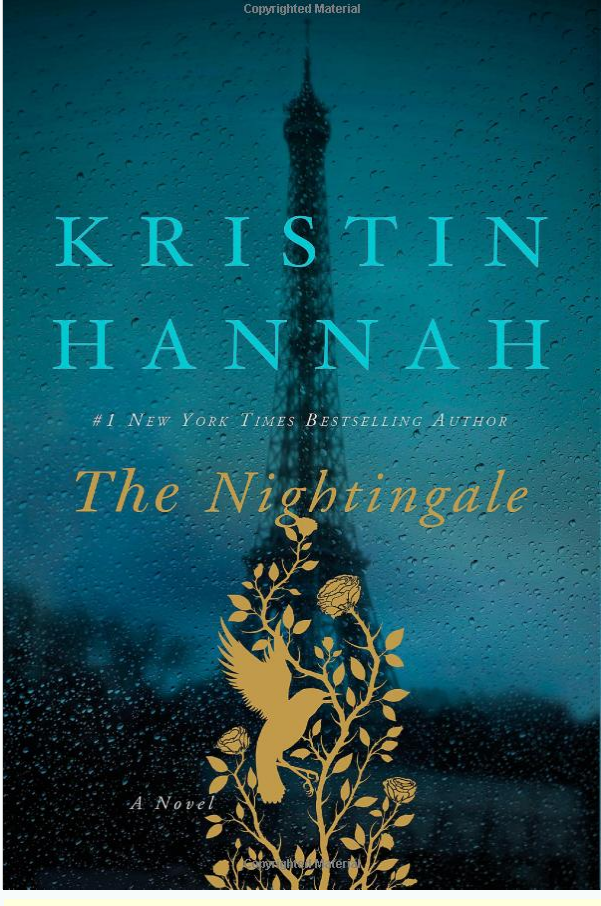 The Nightingale by Kristin Hannah
The Nightingale by Kristin Hannah
If there is any book that has greatly contributed to my understanding of the bravery and resilience of victims of Nazi, Germany it was The Diary of Anne Frank. That book was written by a teenage girl who was hiding in Amsterdam for two and half years until she and her family were betrayed and she was killed. There have been many subsequent books about World War II and the Holocaust. Yet none of them has done it better than The Nightingale by Kristin Hannah, an American novelist who was a lawyer turned writer. She did not go through any horrendous experiences as did Anne Frank and others in her own life but she obviously is a thorough researcher and a very skilled, sensitive writer who has written many successful novels prior to this number one bestseller.
Ms. Hannah has told the story how she came across the account of a Belgian woman, Andrea DeJoneg who was part of the underground resistance during World War II and guided many downed Allied pilots across the Pyrenees Mountains into Spain at the risk of her own life. Based on her research and her insight into the human psyche, Ms. Hannah was able to create the characters of this book. She recounted the acts of tremendous bravery that were shown by her protagonists and she was empathically able to describe their emotional experiences in a very believable manner.
The author focused mainly on women, particularly two sisters, Vianne and Isabelle Mauriac who were not Jewish and lived in Carriveau, a small French village that was occupied by the Nazis during World War II. The reader comes to understand the backstories of these women. Isabelle, the rebellious one, ultimately becomes a very brave woman who shepherds downed British and American pilots across the rugged mountains to safety, risking the severe repercussions which she knew would happen if she were caught.
Her sister Vianne became a heroine in her own right, hiding Jewish children when their parents were taken away by the Nazis. Her actions reawakened questions that we have asked ourselves over the years. Would we have taken in a child (or an adult) to hide or disguise them, when to have been discovered would not only endanger our lives but those of our children? There was another point in question raised by this book when at the end of the war Vianne is faced with the prospect of now having to give up her five- or six-year-old child that she has raised for the past few years when her Jewish friend was taken away to the concentration camps. Now after the war was over, relatives of the deceased Jewish parents want to take this child to America so family there can raise him. But perhaps the most challenging question that the characters in this book face is whether Vianne should tell her husband, who returned home after being a POW held by the Nazis, that the pregnancy with the child that he now feels is his child, but was actually conceived shortly before they reunited, is really the pregnancy of the brutal rape from the German officer who made her house his living quarters before he retreated with the Nazis when the Allies liberated France. Should she have told her husband the truth and should she now more than 40 years after the end of the war tell the truth to the now grownup child who is a successful surgeon and very attentive to his mother.
It is these stories as well as the vivid description of life in occupied France as well in the concentration camps, which are part of this novel that makes this book so unforgettable. It well deserves the acclaim that it is receiving and I’m sure it will be made into an unforgettable movie.
To obtain a copy of this book from Amazon, please click here
Comment » | FG - Fiction General, FH - Fiction Historical
 Blood Flag by Steve Martini
Blood Flag by Steve Martini
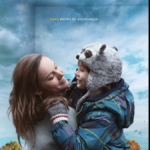
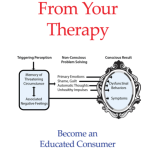
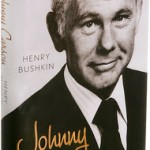

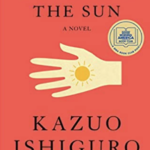
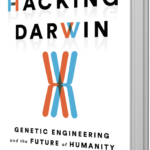
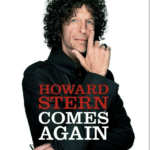
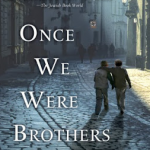
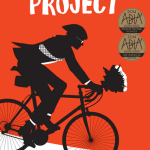
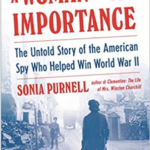




 The Nightingale by Kristin Hannah
The Nightingale by Kristin Hannah